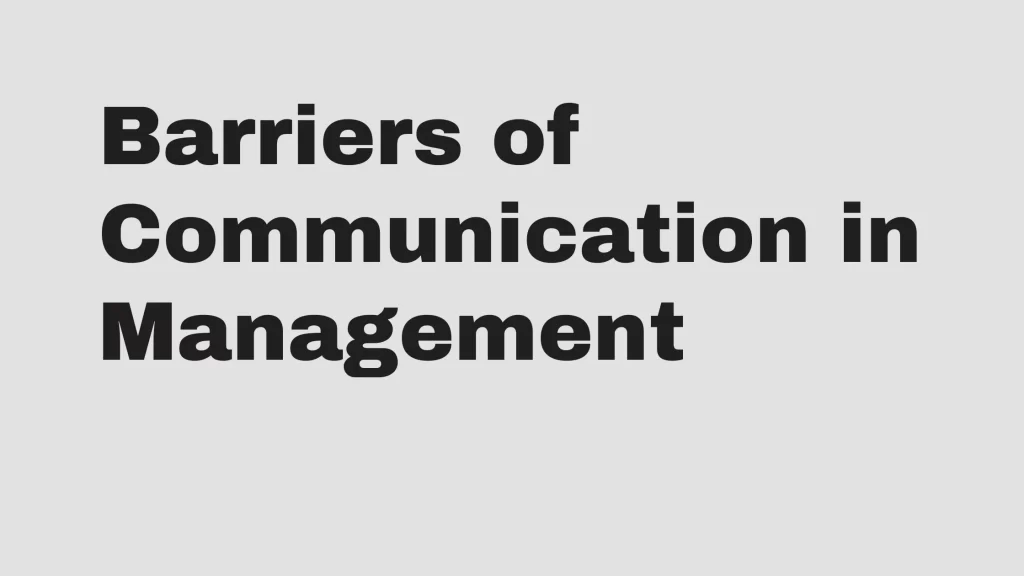In the intricate dance of human interaction, communication is the rhythm that binds us. But what happens when unforeseen environmental barriers step in, altering our beat? From the deafening roars of bustling cities to the silent missteps of cultural misunderstandings, environmental barriers to communication play an invisible but pivotal role in how we connect and, at times, disconnect.
Contents
What is Environment Communication
Environmental communication is the way we share information about the natural world and our relationship with it. It includes how we talk about issues like climate change, pollution, conservation, and sustainability.
This type of communication can happen in many forms, such as through news articles, social media, documentaries, public speeches, and educational programs. The goal is to raise awareness, inform people, and encourage actions that protect and improve the environment.
Effective environmental communication helps people understand the impact of their actions on the planet and motivates them to make positive changes. It also involves listening to different perspectives and working together to find solutions to environmental problems.
Identifying Environmental Barriers of Communication
Environmental barriers to communication are external conditions in the environment that hinder the communication process. These barriers can be classified into several major types, including physical barriers, technological barriers, and natural barriers, all affecting communication in unique ways.

Physical Barriers
Physical barriers to communication include the spatial conditions and surroundings where communication takes place. Location is a major factor in this regard; for example, conducting a meeting in a noisy location like a construction site can prevent participants from hearing each other. Additionally, issues like temperature extremes, whether too hot or cold, can affect concentration and hinder the communication process.
Technological Barriers
With the growing reliance on technology for communication, inadequate or faulty equipment serves as a barrier to effective communication. A lack of, or issues with, technology can lead to misunderstandings. For instance, a poor phone or internet connection can cause misinterpretations and disrupt the flow of discussion.
Natural Barriers
Natural barriers refer to environmental factors that are not man-made but can still impact communication. Weather conditions can act as an environmental barrier by affecting individuals’ health and comfort, thus impacting their ability to communicate effectively.
Internal and External Noise
Noise refers to any unwanted sound that interferes with communication. Internal noise is an individual’s personal distractions, such as a preoccupied mind, while external noise includes background voices and construction noise, making it difficult for the message to be heard and understood. Noise, whether internal or external, is a major barrier to effective communication, affecting both public and personal interactions.

Language and Cultural Differences
Language and culture serve as significant environmental barriers to communication. Differences in language can create misunderstandings, while cultural differences can affect perception and response to a message. It is crucial to address these differences to enhance communication and foster mutual understanding and satisfaction.
The Impact of Environmental Barriers on Health
Environmental barriers to communication can have a notable effect on individuals’ health. For example, stress from inadequate communication can lead to health issues. Additionally, in a healthcare setting, barriers to effective communication can hinder patient satisfaction and well-being. Therefore, addressing these barriers is of paramount importance for health outcomes.
Strategies to Overcome Barriers
Developing strategies to overcome these environmental barriers to communication is crucial. Training programs can offer relevant knowledge and support to individuals, equipping them with the skills to navigate and address barriers effectively. For instance, creating a quiet space for meetings, utilizing reliable technology, and ensuring an accommodating environment in terms of temperature can all enhance communication.
Adapting to the Environment
Adapting to the environment is a practical strategy to overcome barriers. This can include adjusting the location or using technology to support communication. For example, using email for detailed discussions can help avoid the impact of noise and other environmental barriers, ensuring that the message is conveyed accurately.
Enhancing Cultural Understanding
Cultural differences can be addressed by fostering an understanding and appreciation of diverse cultures. Encouraging open-mindedness and avoiding assumptions can help overcome cultural barriers, leading to more harmonious interactions among diverse individuals.
Implementing Policies and Procedures
Organizations can implement policies and procedures to address environmental barriers to communication. These policies can focus on ensuring adequate facilities, equipment, and a conducive atmosphere for communication. Regular reviews and updates of these policies are also necessary to accommodate changes and emerging needs.
Conclusion
Environmental barriers to communication play a significant role in hindering effective interaction. These barriers, whether physical, technological, or natural, can affect the communication process in various ways, leading to misunderstandings and dissatisfaction. Strategies such as adapting to the environment, enhancing cultural understanding, and implementing relevant policies can help overcome these barriers, fostering effective communication and mutual understanding among individuals. Recognizing and addressing these barriers is integral to improving communication in both personal and public spheres, ultimately supporting healthier, more satisfying interactions.
Boko Ducky has over 10 years of experience in helping individuals and organizations improve their communication skills.



